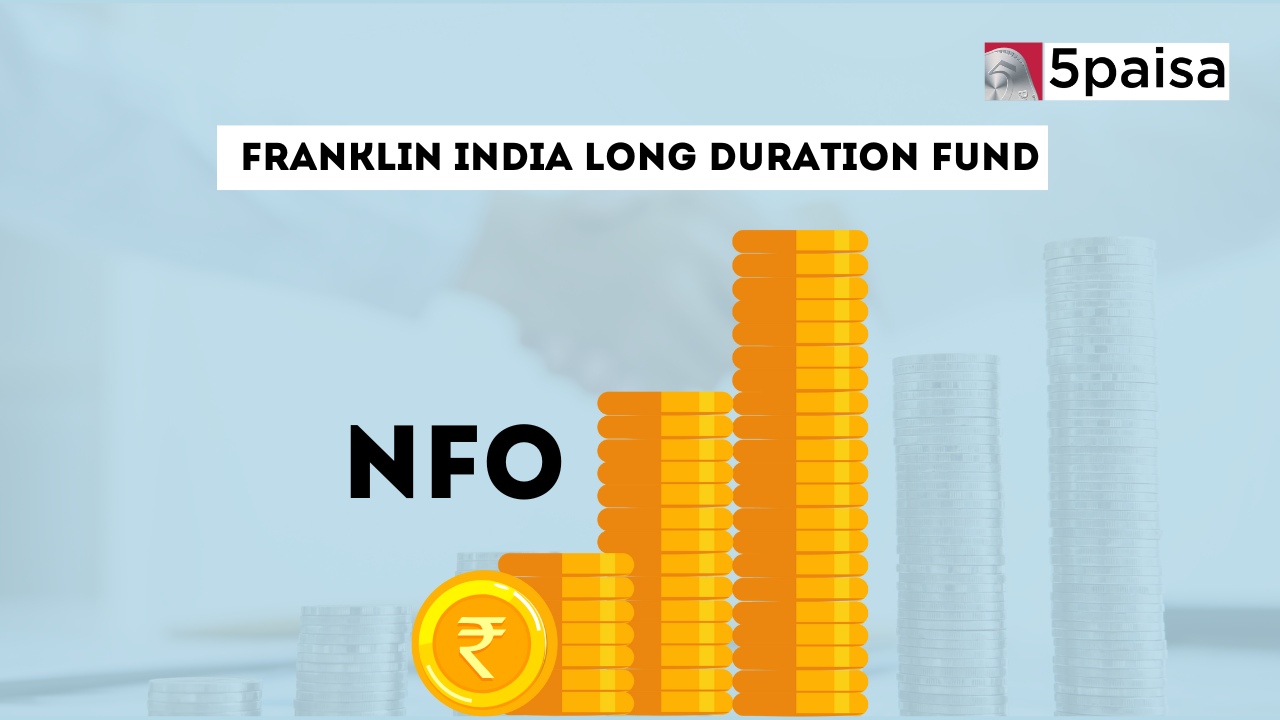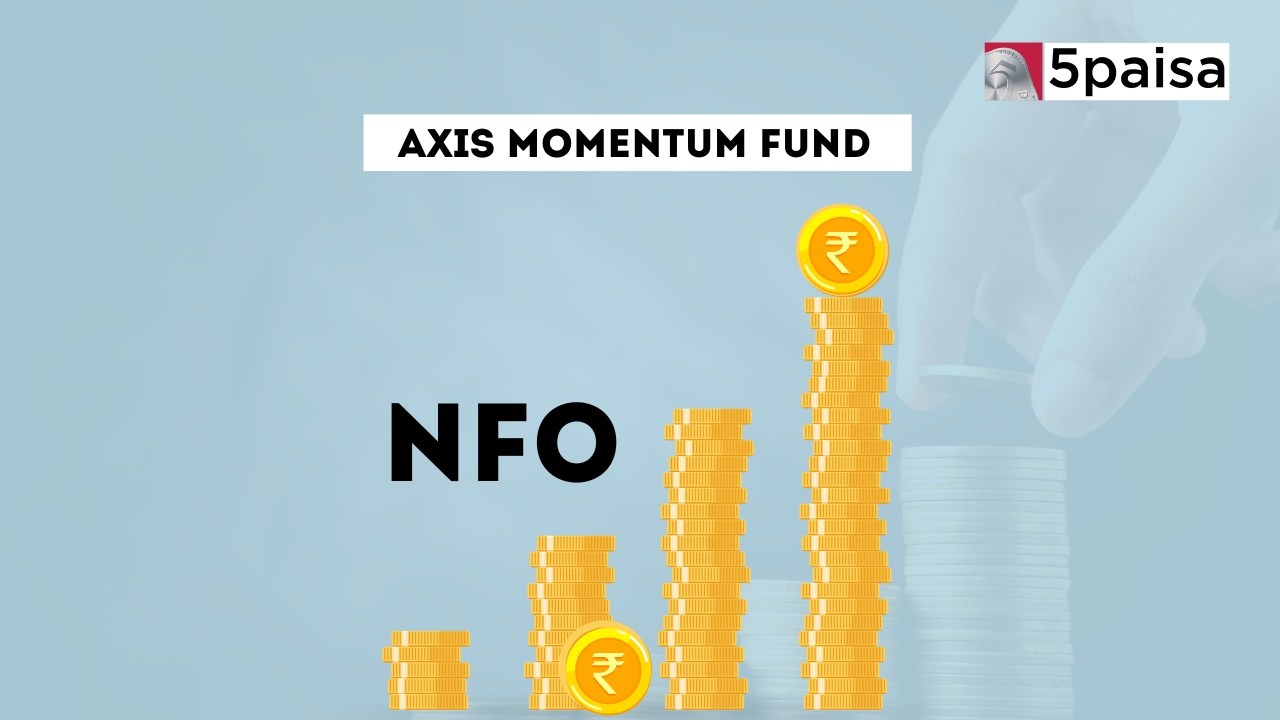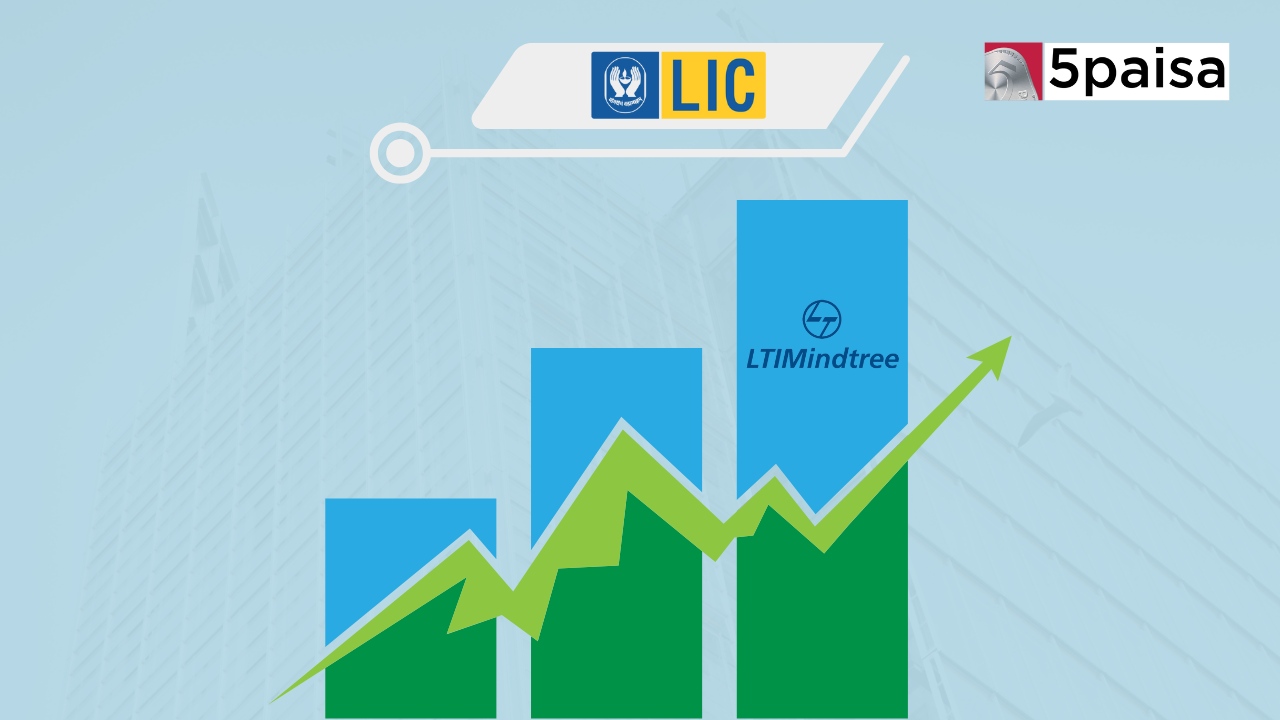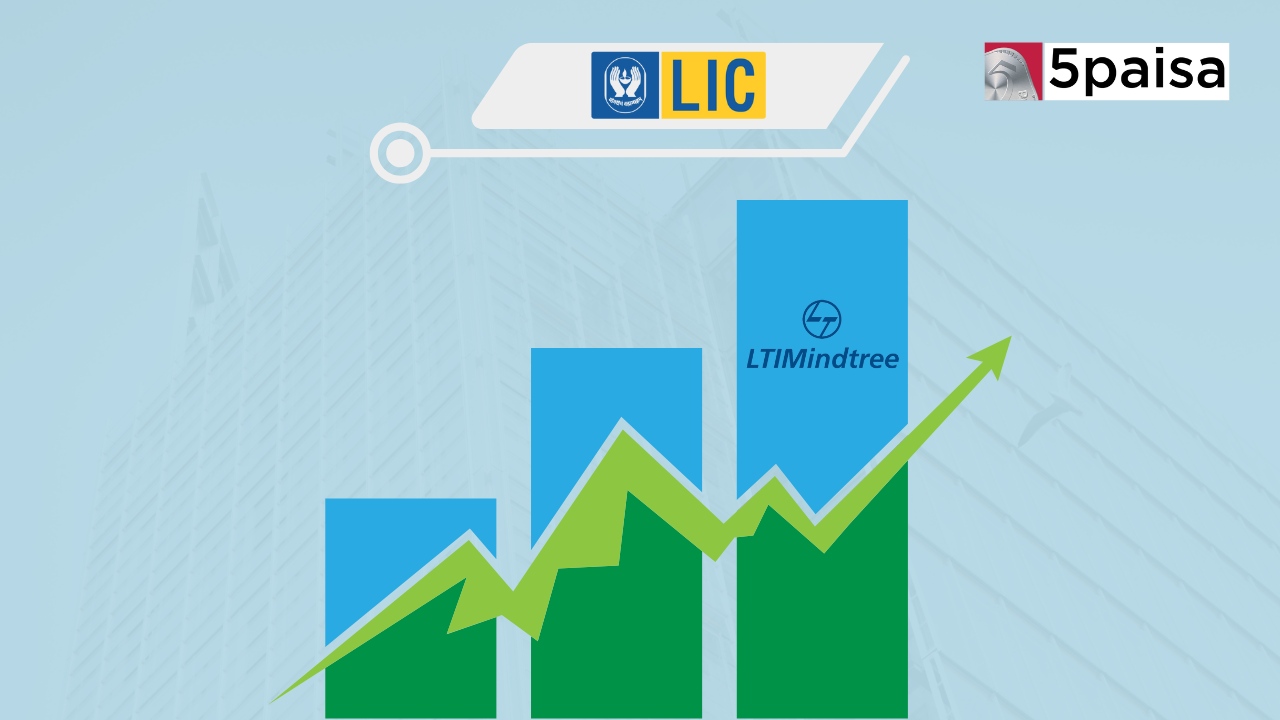Franklin India Long Duration Fund Direct(G): NFO Details
Rupee weakens nearer to 80, despite lower oil prices
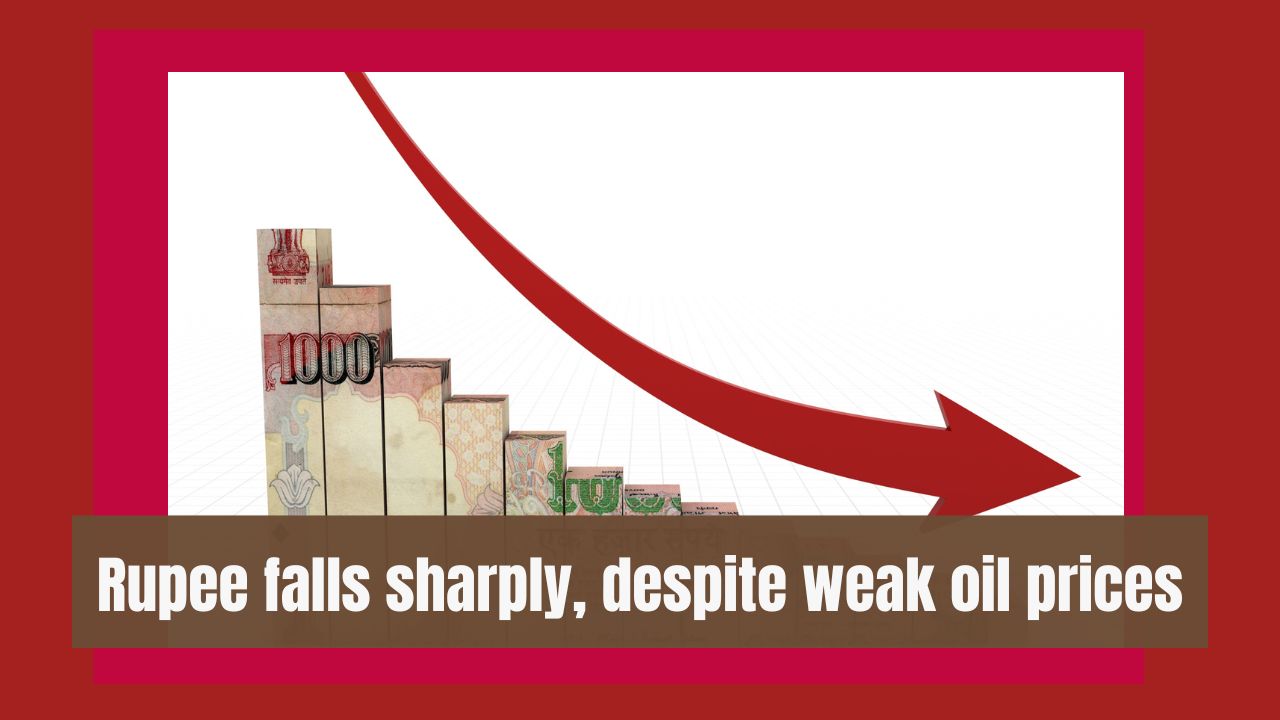
Last Updated: 23rd August 2022 - 05:23 pm
Just when we thought that the worst was over for the Indian rupee and it had bounced back from the Rs80/$ levels, there has once again been a sharp weakening of the rupee. After a combination of RBI intervention and FPI flows took the rupee from 80/$ to 78.50/$, the rupee is now once again getting closer to 80/$. Most forex experts are of the view that the rupee should get into the range of 80-81/$ in the next one month and the USDINR futures on the NSE are already indicating at a fall in the rupee well beyond the 80 mark.
For now the USDINR has been in the range of 79.50 to 80/$ and is now just about 12 paisa short of the 80/$ mark. Interestingly, the rupee has weakened at a time when the FPI flows have been robust, oil prices have fallen well below $100/bbl and the Fed and the RBI are getting a hang of inflation. What is it that is driving the rupee lower and what is making experts believe that the rupee could weaken further.
Why is there a bet on weakening rupee?
Here are some of the factors that are driving the weakness in the rupee in the last couple of weeks.
a) Dollar index or DXY is a key reason for the sharp weakness in the rupee. The dollar index, which is a value of the dollar against a basket of hard currencies, rallied to a 20-year high of 109.5 recently. The strength in the dollar has been largely instrumental in weakening the Indian rupee. Incidentally, Indian rupee has held its own against other currencies.
b) While oil prices are now below $100 per barrel, the markets are not really looking at that for 2 reasons. They expect that OPEC supplies may again be cut in tune with lower demand. Secondly, the rupee is also weakening as the weak oil prices are interpreted to signal a slow in the economies caused by high interest rates.
c) There is still a lot of risk playing in the market. For instance, with the Fed still making hawkish noises to fight inflation, the global markets are preferring to stay parked in safe havens. India being an emerging market normally ends up on the wrong side of risk-off flows. That has also been hitting the rupee despite the robust FPI flows in August.
d) Ahead of the Jackson Hole symposium slated to go on between 25th August and 27th August, Jerome Powell in his speech is likely to reiterate his intent to fight inflation. These hawkish tones are likely to be positive for dollar value and negative for the Indian rupee. That is also being factored into the rupee value.
e) At a more fundamental level, the rising current account deficit is a key driver for a weaker rupee. For instance, if you consider the trade deficit of $99 billion for the first 4 months of FY23, India could end up with a trade deficit of around $300 billion. That would push the current account deficit closer to 5% of GDP and that is normally a level at which the rupee becomes very vulnerable to a sell-off.
f) Last but not the least, the recent weakness in the Chinese currency is also a major reason for the rupee weakness. China cut rates last week to boost growth and that has weakened the Yuan. As we saw earlier in 2015, when the Yuan weakens, it is logical for the rupee also to weaken to stay competitive.
In a nutshell, it is a mix of fundamental and technical factors that has been driving the rupee lower. For now, it looks like the rupee weakness will continue.
Trending on 5paisa
Discover more of what matters to you.
Indian Market Related Articles
Disclaimer: Investment in securities market are subject to market risks, read all the related documents carefully before investing. For detailed disclaimer please Click here.
 5paisa Research Team
5paisa Research Team
